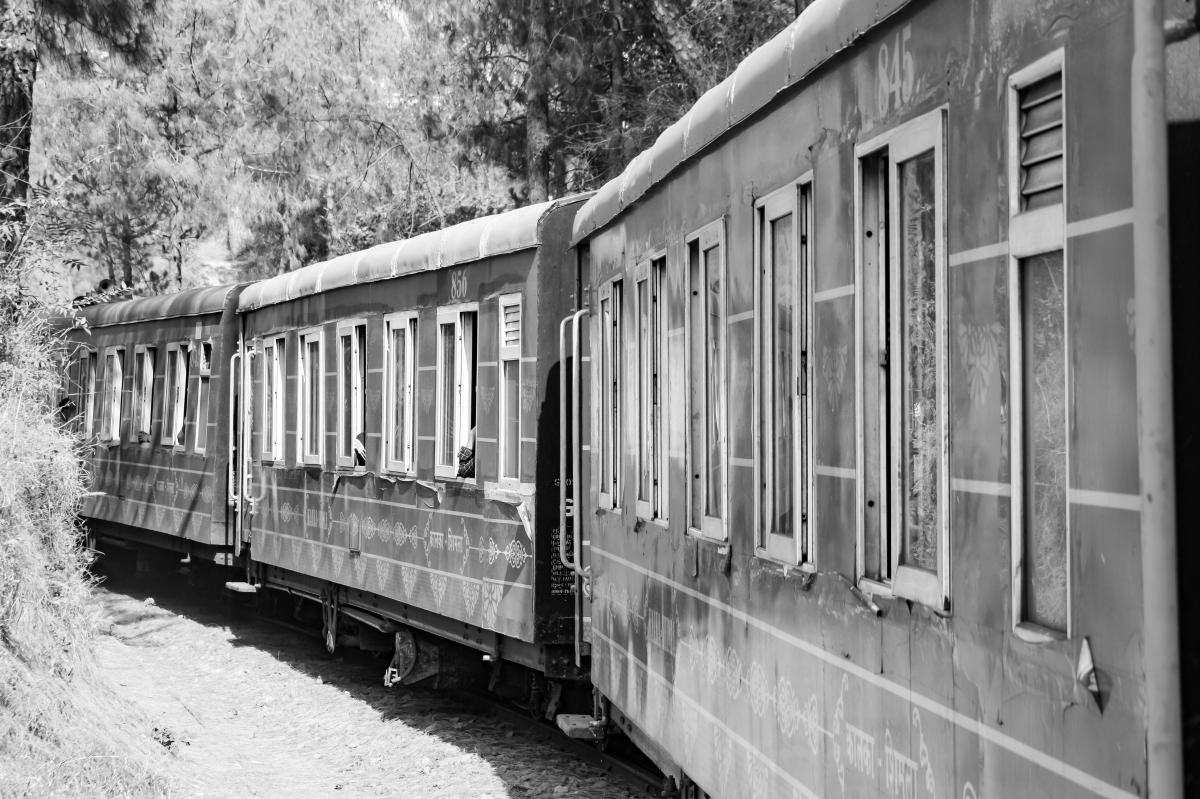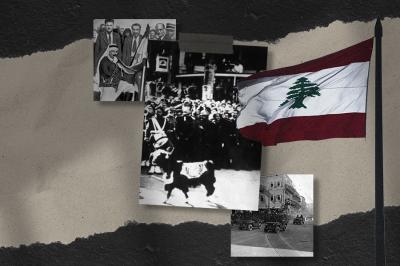At dawn on Wednesday, August 7, 1963, the British Royal Mail train was making its way from the city of Glasgow to London, about 650 kilometers away, carrying millions of pounds in banknotes sent by banks. Everything seemed quiet, but near a small bridge known as "Bridego Bridge" in Buckinghamshire County, fifteen men were plotting to rob the British Royal Train.
With cleverness and boldness, the thieves stopped the train using a fake signal light. As soon as the carriages stopped, they jumped aboard and took control of the driver and guards. Not a single shot was fired, and no blood was shed, the operation was smooth and well-planned, like a scene from a movie. The thieves were no amateurs, but an organized gang led by Bruce Reynolds, a British man born in 1931, known for his cool nerves and intelligent planning.
Within minutes, they opened the carriage carrying the cash and began unloading bags stacked with pound notes. The loot was astonishingly over £2.6 million (equivalent to around $50 million today). At that time, such a sum exceeded the wildest dreams of any professional gang. The money was transported to a rural hideout that had been prepared in advance, where the gang members sat counting the cash, basking in the euphoria of their success.
But the celebration didn’t last long as with most major crimes, a small detail gave everything away. In the midst of their triumph, the thieves made a fatal mistake they never anticipated: one of the gang members left fingerprints on a Monopoly game they had been playing with, replacing the colored paper money with the stolen cash as if it were part of the game.
That careless touch became the golden thread that led the police to them. Just days later, they raided the hideout and brought an end to the legend. Thus began a wave of arrests that turned the daring heist into an unforgettable British legend.
Still, the story was never completely closed. It retained an air of mystery that added to its allure. Some members of the gang managed to escape, like Ronnie Biggs, who fled to Brazil and lived there a near-legendary life, drifting between beaches and bars before eventually returning to Britain decades later to face his fate.
And although most of those involved were caught, a large portion of the stolen money was never recovered.
The British press dubbed the incident "The Great Train Robbery," and the story became the inspiration for films and novels for decades. This heist was not just a robbery; it was a symbol of the boldness of an entire generation of thieves who proved that sometimes, intelligence can overcome even the tightest security.
Today, more than sixty years later, the robbery of the Royal Train still lives on in Britain’s memory as a pivotal moment ,when a train stopped at dawn and was immortalized in history as part of an operation unmatched in the 20th century.
Please post your comments on:
[email protected]
 Politics
Politics








